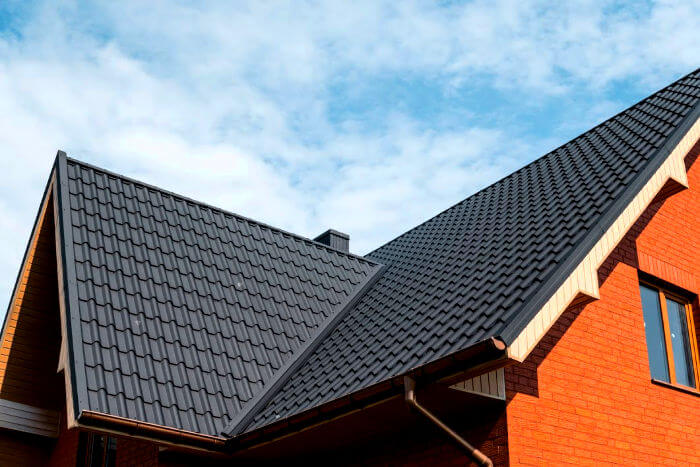Water Will Certainly Locate a Way Clifton Roofers In
Water marks on a ceiling, or worse, trickling water, might have you worried that your whole roof covering is in tatters. However just because there's a leak doesn't mean your roof covering will require an enormous amount of repairs. Occasionally quiting it is as straightforward as filling up a crack with caulk, replacing a couple of tiles, or mounting some blinking-- a membrane layer or layer of steel that provides a mechanical obstacle to redirect water at edges, gaps, spaces, as well as other areas susceptible to leaking.
Dropped tree arm or legs, hail storm, and also even wind can loosen or remove shingles. Harmed flashing is an additional usual culprit. Even rubberized boots around plumbing pipelines, or with incorrectly installed satellite dishes or solar panels can cause separated leakages. To identify what sort of leak you have actually got on your hands, initially attempt to map it to its beginning.

Trying to find Leakages
It's simplest to locate a leakage when it's raining outside. Keep in mind that water usually builds up at an area that's different where it's going into-- it typically runs down the http://www.bbc.co.uk/search?q=Clifton Roofing length of a rafter or stud and just drips once it reaches a low point.
In an unfinished attic, the framing is visible, so simply begin at the leakage and look along the length of any type of wood mounting that results in that point, to see if you find a path of water that originates higher on your roof. In an ended up attic, you'll require to utilize a handheld tool called a stab attended remove any kind of drywall that blocks your sight. As soon as you assume you have actually discovered the origin, take a look at top of the roof covering (you can do this securely from the ground with a pair of field glasses) to see if you can recognize any type of obvious wrongdoers, like missing out on roof shingles, or worn out blinking near a smokeshaft.
If you can not locate the leakage on your own, a licensed roofing contractor can execute an examination and also make recommendations regarding whether fixing or replacement is needed. Also if you have the ability to locate your very own leakage, you'll want to leave the repair work task to a pro-- climbing onto your roofing with a tall expansion ladder is a hazardous task. A lot of leaks can be quit if they're limited to a couple of spots. If, however, you're experiencing repeating leakages, and your roofing is out of warranty, it may be time for a brand-new roofing. The cash you would certainly spend on several short-term fixes is most likely much better applied to a new roofing system with a prolonged warranty.
Other Warning Signs
You don't need to wait on leaks to appear prior to you consider fixings to your roof, though. Missing, harmed, or curling shingles can all be indicators of leakages ahead. As well as the age of your roofing system itself can be an overview-- property owner's insurance provider generally assume an asphalt roof shingles roof will last about 20 years, and also some insurance providers won't supply insurance coverage if your roof is older than that. If your roofing was placed on by the previous owner of your house, a roofing contractor or a qualified residence inspector can typically supply a rough estimate of the age, based upon the condition of the shingles.
Even without leaks or obvious indicators of damages to the roof, it can make good sense to replace an out-of-warranty roof that's greater than twenty years old. That's because when a leakage creates, it can do serious damages to the wood sheathing beneath the roof shingles. And if that sheathing becomes deformed or decayed, changing it can add numerous thousand bucks to the overall price of your brand-new roof when you do navigate to changing it. The image listed below shows the different layers associated with a regular roofing.
Insurance Coverage
Prior to you work with anyone to deal with your roof, call your home owner's insurer to examine your insurance deductible and insurance coverage for roofing system repairs or replacement. You'll want to weigh your out-of-pocket expenses versus the expense of changing your roofing completely. Think about any type of resulting rise in your costs too-- it might make more sense to simply cover the price on your own.
Generally, homeowner's insurance coverage might cover, or add toward, the repair service of isolated leaks, yet will not cover the price of replacement. The majority of insurance firms will send an adjuster to provide an estimate for the repair work, as well as policies generally cover repair services to the roofing, in addition to any damage to the framework, drywall, or flooring that results from a dripping roofing system. If you do obtain a payout from your insurance provider, you can utilize that money to make the particular fixings, or apply it towards the expense of an overall substitute.